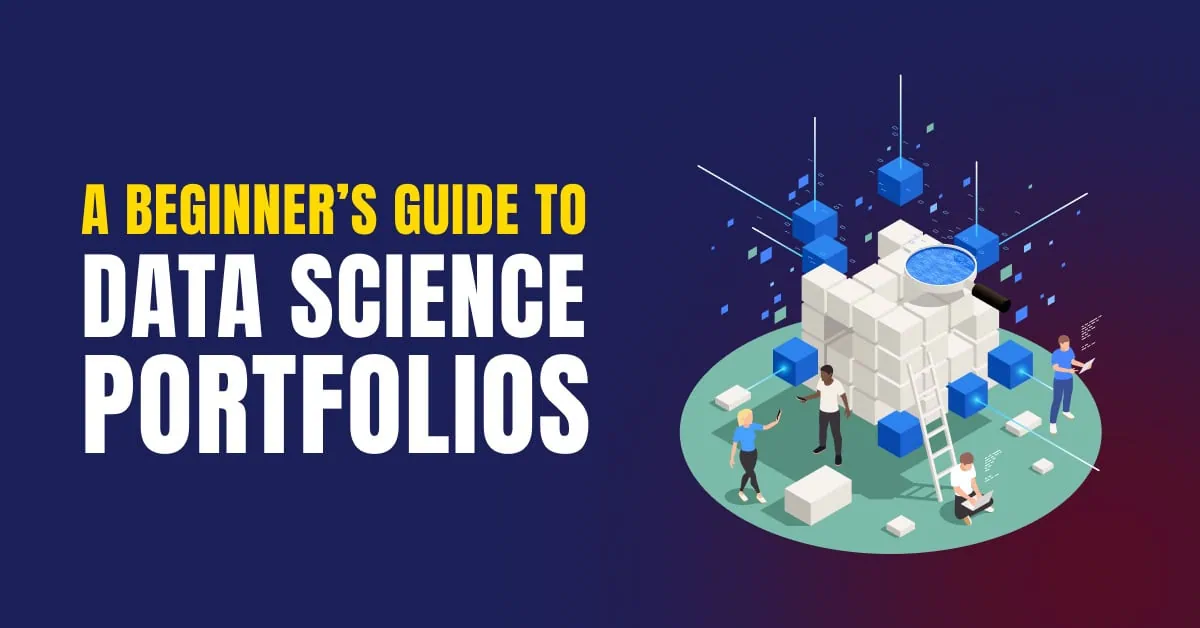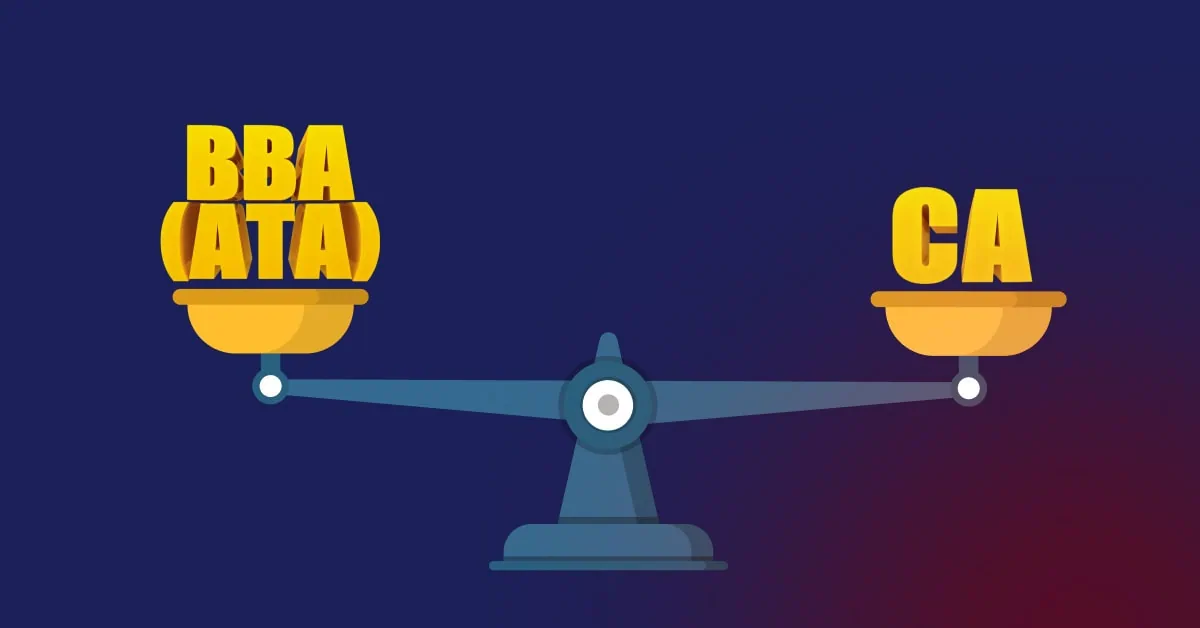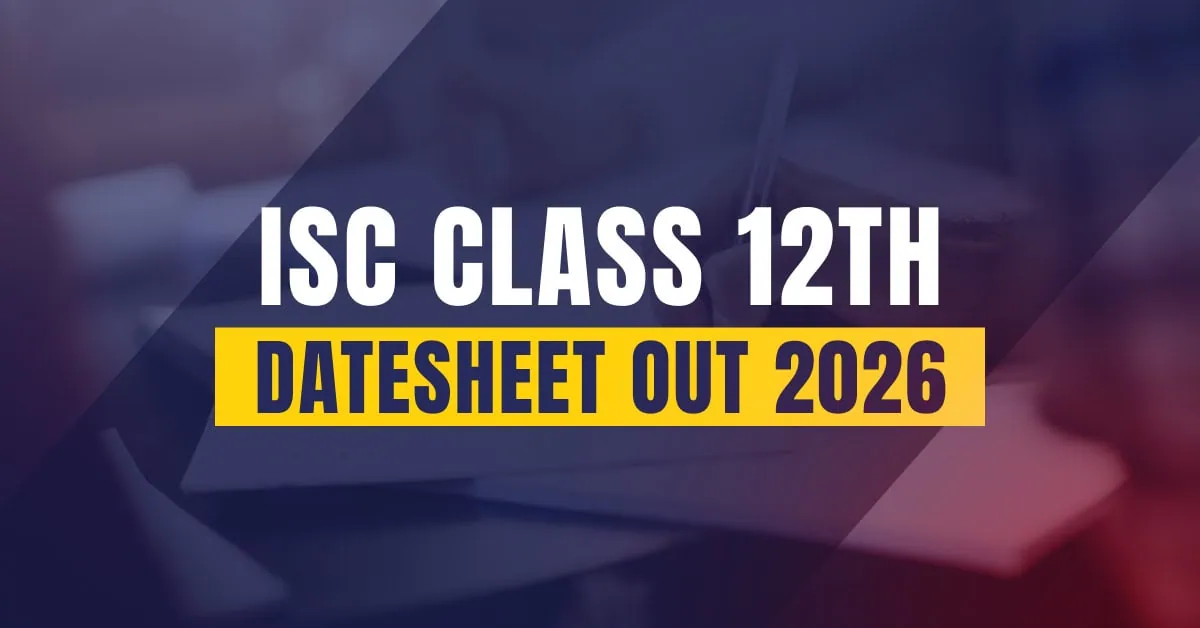How do you get your first job in Data Science? The very idea may appear daunting, particularly when most job listings ask for prior experience. But there is no need to get unduly worried! Job opportunities will come your way if you could showcase your abilities even before securing your first role? This is where a data science portfolio works wonders! An effectively crafted portfolio is more than just a series of projects; it serves as your personal evidence of skill.
If you’re a student lacking experience in the industry, this guide will assist you in building a data science portfolio from the ground up, step by step. Whether you are an aspiring Python programmer or nearing graduation, this is an excellent way to turn your learning into something valuable. This beginner-friendly data science portfolio guide is perfect for students looking to break into tech without experience. Let’s get started.
Click here More About B.Sc. in Data Science Course at Inspiria
Why Portfolios Matter in Data Science—Even for Students
In the field of data science, what matters more often are your capabilities than your previous job experience. Recruiters and hiring managers are looking for proof that you grasp data concepts, know how to utilize various tools, and can approach problems logically. Your portfolio serves as your initial impression, sometimes even before your resume is reviewed.
As a student, a compelling portfolio:
- Illustrates your practical abilities rather than just theoretical knowledge.
- Demonstrates your initiative, which is highly valued by employers.
- Offers topics for discussion during interviews.
- Establishes your credibility when you lack work experience.
- Enables you to monitor your progress as you acquire new skills.
The most encouraging aspect? You don’t need extensive expertise or prestigious internships to begin. What you require is the correct mindset—and a bit of perseverance.
Get placement-ready with practical learning at Inspiria. Explore our project-based course now.
Step-by-Step Data Science Portfolio Guide for Students Without Experience
Ready to build your portfolio? Here’s the exact roadmap to follow.
Step 1: Build a Strong Foundation in Basics First
Make sure your knowledge and skills are strong before diving into the project. This means you should have the following capabilities:
- Statistics: Basic concepts including probability, distribution, mean/median, standard deviation, correlation, linear regression.
- Data Processing: Learn to clean, process and analyze data using libraries such as Pandas, NumPy, and Matplotlib.
- Visualization: Learn to use tools like Seaborn and Plotly to send data clearly. There are plenty of free resources to get started.
It’s not that you have to know everything. Just create a solid base – then you’ll be taken to the project where the actual training begins. Each excellent guide to your data portfolio starts with a base study.
Click Here for Free Tools for Data Science Students
Step 2: Pick Simple Projects That Solve Real Problems
Now it’s time to apply what you’ve learned. But don’t start with complex machine learning models Instead, pick projects that are:
- Simple but impactful
- Relevant to real-world problems
- Easy to explain in interviews or online
Here are a few beginner-friendly project ideas:
- Exploratory Data Analysis (EDA) on COVID-19 trends
- Predicting movie success using box office data
- Analyzing your college’s placement data
- Visualizing air pollution in your city
- Budget tracking app using Pandas and Python
The goal is not complexity. It’s to show you can take data, ask questions, and find answers.
Pro tip: Write a short summary (problem → data → steps → results → insights) for each project to include in your portfolio.
Step 3: Use Industry Tools That Are Free & Beginner-Friendly
Use technologies that real data scientists use to make your projects stand out, but choose solutions that are easy for beginners to utilize.
Your toolset is as follows:
- Jupyter Notebook: Perfect for concurrently developing code and explanations.
- Google Colab: An installation-free cloud-based substitute for Jupyter.
- Python libraries: scikit-learn, seaborn, matplotlib, pandas, and numpy
- SQL: Use free internet resources such as DB Fiddle or Mode Analytics to practice.
- Power BI/Tableau Public (Free): Construct and share interactive dashboards.
As stated, not everything is necessary at once. Using Jupyter/Colab, begin with a single project and expand from there.
At Inspiria, you don’t just learn these tools—you use them to build your real portfolio. Apply now!
Step 4: Start Your GitHub Portfolio (Even with Basic Projects)
Starting a GitHub portfolio is a great idea for as a novice in data science if you wish to exhibit your abilities and projects. What is GitHUb?
Think of GitHub as your professional portfolio platform that can serve as your coding resume
The steps listed below provide a thorough method:
- Establish a profile and account on GitHub:
- Create a GitHub account for free.
- Make the most of your profile by adding a concise bio, your qualifications, and maybe a profile README that highlights your experience and most noteworthy projects. For quick visibility, pin the most important projects to the top.
- Select and Create Projects:
- Put your attention on initiatives that show you can use data science methods to tackle practical issues.
- Projects that exhibit a variety of abilities, such as data cleaning, analysis, visualization, machine learning, and possibly web scraping or API integration, benefit from diversity.
- Take into account initiatives that make use of publicly available datasets or tackle issues that pique your interest.
Click Here for Inspiria’s Career Support Services
Step 5: Create a Simple Portfolio Website
Create a personal portfolio website to showcase your two to three completed projects on GitHub. Simple, neat, and professional is all that is required; it doesn’t have to be elaborate. Utilize resources such as the following:
- GitHub Pages (free)
- Notion (free, super easy to use)
- Carrd or Wix (beginner-friendly drag-and-drop builders)
What to include:
- Resume/CV link
- About Me section
- Contact info or LinkedIn button
- Project showcase (with links to GitHub & live dashboards if any)
Your site is your digital portfolio—easy to share with recruiters, mentors, or during internships.
Inspiria’s mentoring program includes help with building LinkedIn and online portfolios. Apply today!
Step 6: Keep Updating & Share Your Portfolio on LinkedIn
Make your portfolio diverse and keep the content dynamic with regular updates. Continue adding new work, improving earlier projects, and showcasing your progress as you learn new things.
Share your journey on LinkedIn as well.
Join networks like DataTalks, Women in Data, or Kaggle groups; connect with data science professionals; post about every project you finish; and share the insights you’ve learned.
LinkedIn + GitHub + Portfolio website can together create you personal brand as a data scientist.
At Inspiria, we are committed to ensuring that every student has a solid foundation—regardless of their prior experience. Here’s how Inspiria aids in your portfolio development journey:
- Hands-on Experience: Starting from your first semester, you’ll engage with real data sets under the mentorship of experienced professionals.
- Project-Centric Curriculum: Courses require you to undertake small projects, ensuring you’re consistently applying your knowledge.
- Coding Competitions & Workshops: Join in on coding challenges that could enhance your portfolio significantly.
- GitHub Instruction: Master the art of pushing your work professionally, complete with organized structure and comprehensive documentation.
- Portfolio Assessments: Receive constructive feedback from faculty and industry professionals to hone your projects.
- Support for Website & LinkedIn: We assist you in creating a portfolio website and optimizing your LinkedIn profile for better visibility.
Click Here for the Full Curriculum of B.Sc. in Data Science at Inspiria
Final Thoughts – No Experience? No Worries. Your Portfolio Is Your Start
To stand out in a crowded field, you must have a strong data science profile. Prioritize developing an online profile on sites like GitHub and LinkedIn, presenting your technical knowledge in an understandable manner, and demonstrating your abilities through projects. Continue your education, keep abreast of market developments, and customize your profile to highlight your special advantages. You will advance in your data science profession and draw in the correct opportunities if you are consistent and clear.
Remember that your portfolio does not represent flawlessness. It’s a record of growth. Experience is not necessary to begin. The more you work the more you will find your footing in this exciting profession. All you need is a plan, a project, and the will to succeed












